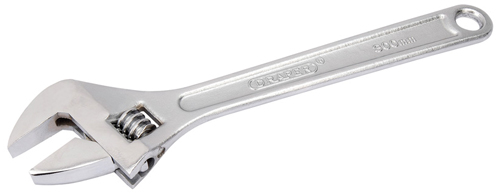
Adjustable
Open-ended wrench with an adjusting screw. Fits a wide range of nuts and bolts. Adjustable wrenches are one of the most versatile types of tools, since the size can be changed by opening or closing the movable jaw using an adjustable toothed bar system. Force should be applied by pulling (not pushing) so the load is always on the fixed jaw of the wrench. Adjustable wrenches are commonly referred to as Crescent® wrenches.

Auto
Sometimes referred to as a "Monkey Wrench". Adjustable Wrench with sliding jaw designed for flat service work.
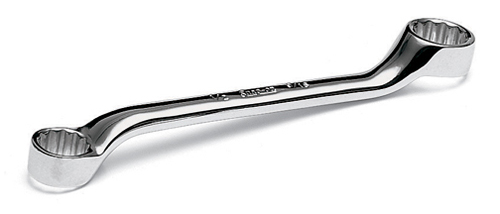
Box
Closed-ended wrench completely surrounds the fastener for better torque. The 15° & 45° angle is designed for use when there is some kind of an obstruction around the fastener. The angle allows the user to maintain a solid grip on wrench. Available in 6 & 12 point.
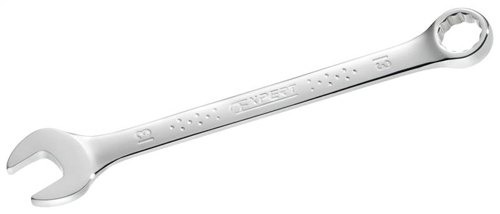
Combination
Features both open and closed ends for a variety of needs. This combination offers the advantage of having a box end for applying more force and an open end for working more quickly. The box end's 15° angle provides more handling space. Available in 6 & 12 point.
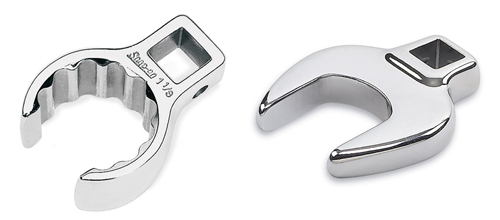
Crowfoot
A Ratchet driven open-ended wrench best used to reach hard-to-access fasteners in tight spaces. Available in standard or flare nut.
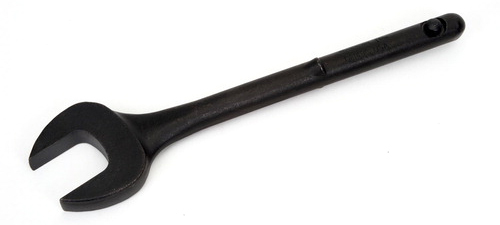
Engineers
Large open-ended wrench with head diameters measuring anywhere from 1′′ to 10′′+, often used in such places as trains and boiler rooms for very large fasteners.

Flare Nut
Flare-nut ends are straight, not angled and often used to work on pipe and tube fittings. The design makes them suitable for fasteners and accessories that are made of soft metals, (i.e., brass and copper), whose structure could be damaged by a regular open end wrench and where access with a box wrench is not possible. Available in 6 & 12 point.
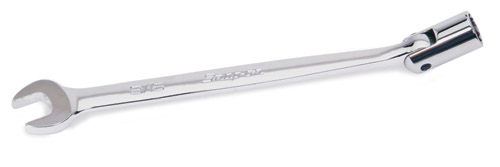
Flex Head
Combination open-end (unless otherwise stated) and pivoting socket-end wrench to access hard-to-reach fasteners

Ignition
Open-end wrench for use in auto assembly, construction, fabrication, manufacturing, maintenance and engine repair. Thin narrow jaws for better access in limited space. Offset 15° & 60°.

Open-End
Single or double ended wrench with an offset opening to allow access to fasteners in limited spaces. Necessary when there is an obstruction directly above the fastener or on pipe joints where a pipe does not permit the use of a box end wrench.
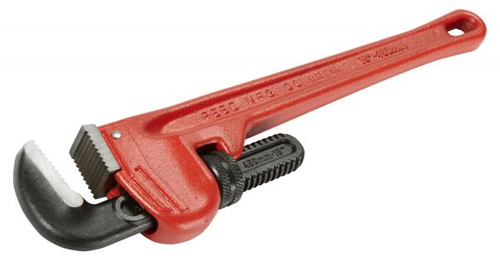
Pipe
For loosening and tightening pipe fittings or gripping and turning threaded pipe. Wrenches have hook jaws with or without serrated jaws (teeth) depending on grip requirements.

Pump
Features a short handle and thin head section designed for close quarter work on pumps and valves (also referred to as a service wrench)
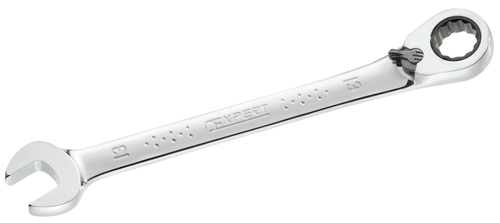
Ratcheting
Any wrench with a ratcheting feature built into it. Available in Flat or Offset versions. These wrenches are not designed for high torque but to move a fastener quickly.
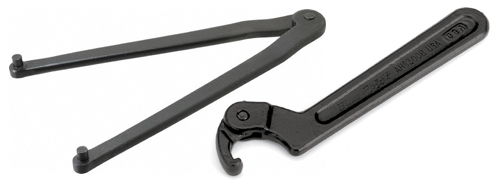
Spanner
A wrench with a hook or pin at the end for adjusting collars, locknuts or rings, commonly used in material handling and for specific machinery. Available in adjustable or fixed styles.
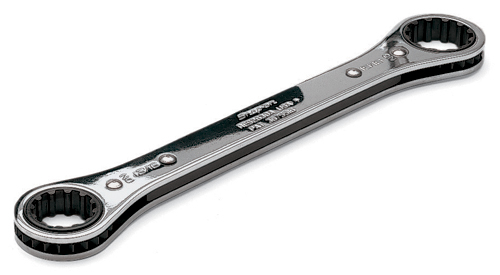
Spline
Spline wrenches offer the flexibility to turn 6 & 12 point as well as spline, square, E-TorxTM and slightly worn/rounded fasteners.
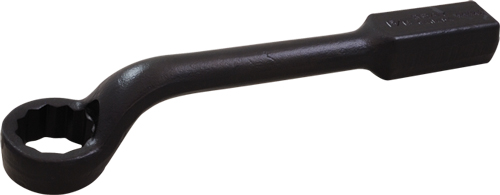
Striking & Slugging
Designed to loosen or set large fasteners with extreme force by striking with a hammer. Unlike other wrenches this tool is meant to be struck. It is used primarily in manufacturing and maintenance involving heavy machinery and highly corrosive environments that affect fastener threads. Available in straight and offset patterns.
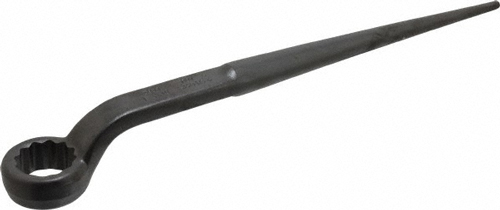
Structural or Spud
Feature long tapered handles for aligning bolt holes. Can be open or box-ended. Commonly used for flanged equipment with various hole configurations that need to be aligned.

Torque
A torque wrench is a tool used to precisely apply a specific torque to a fastener such as a nut or bolt. It is usually in the form of a socket wrench with special internal mechanisms. It was invented by Conrad Bahr in 1918 while working for the New York City Water Department. It was designed to prevent overtightening bolts on water main and steam pipe repairs underground.
